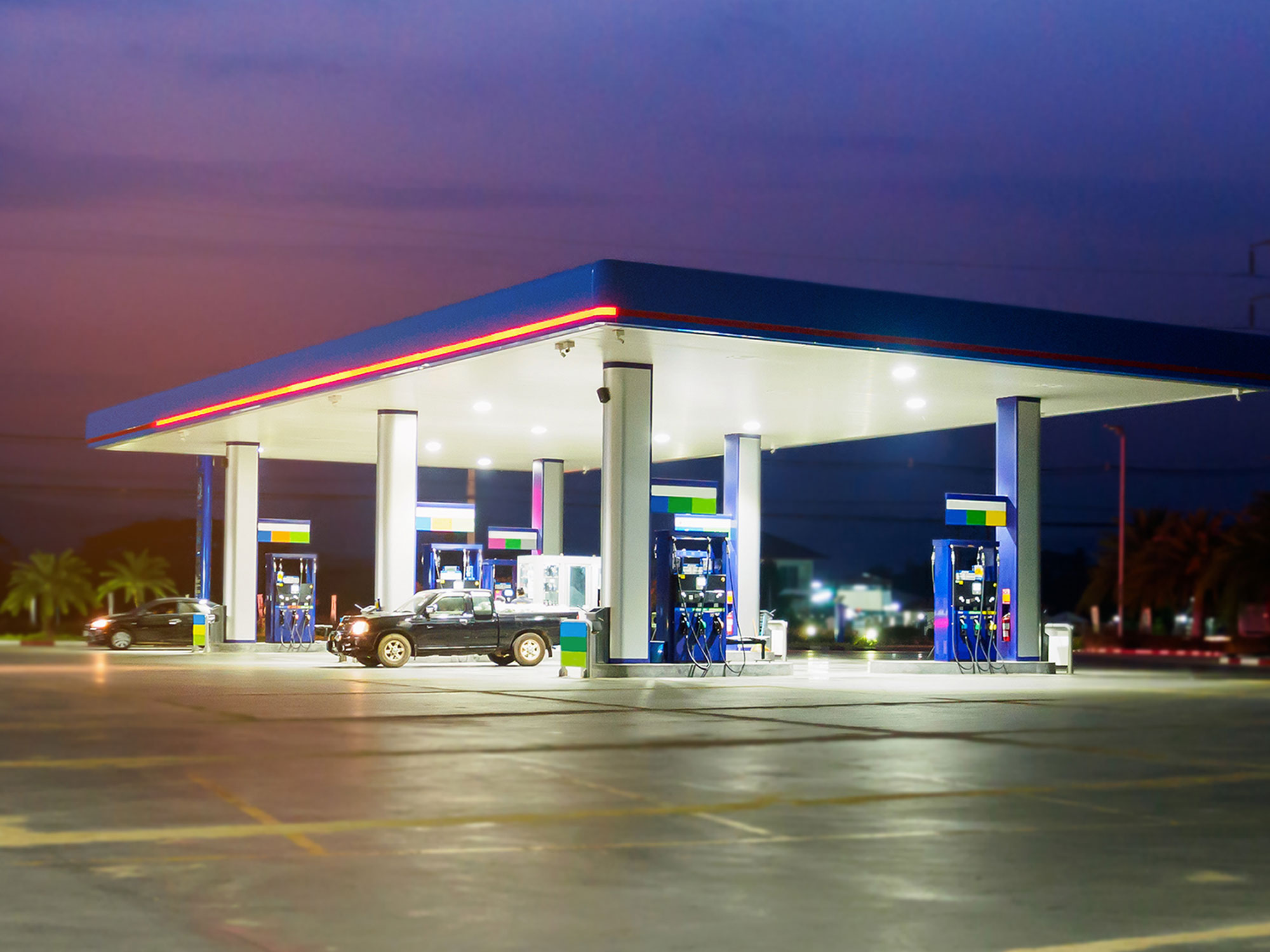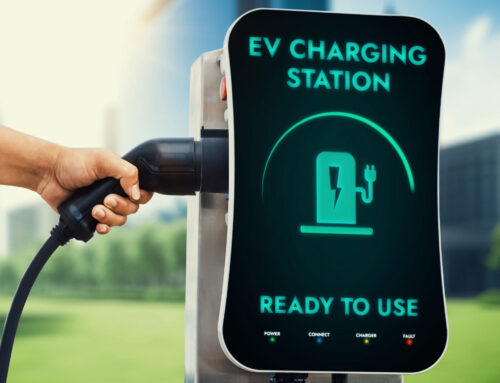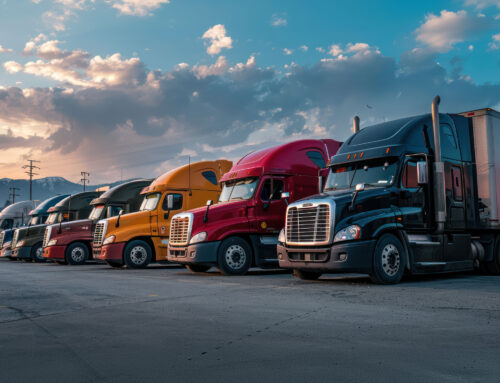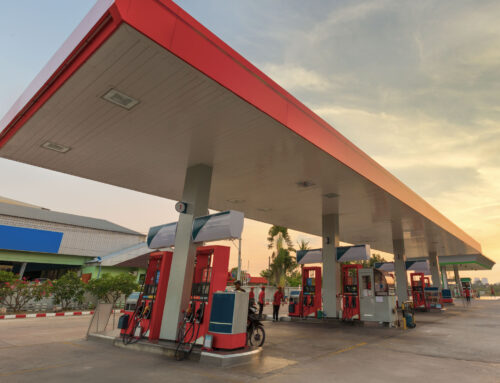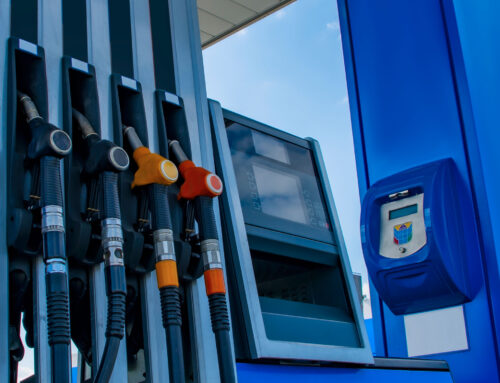Gone are the days when you put cheeky messages on your gas station signage and attract a high volume of customers. Most of your customers, current and prospective, are on their smartphones, often scrolling social media platforms. The University of Maine estimates that we spend an average of 2 hours and 24 minutes daily.
How then can you tap into this attention economy, reach new customers, and improve repeat customer loyalty? At Financial Fuel Services, we’ve crafted a four-step play-by-play of how to get started. Read on to learn more.
1. Identify Your Audience
Who is your audience, what are their pain points, and how are they engaging with your business?
The social media management company, Sprout Social, names six factors you should consider when you’re identifying your audience:
- Interest. Understand your audience’s hobbies and interests and craft more personal and compelling posts.
- Existing customers. Every business has former customers they’d like to recapture and current customers they’d like to retain.
- Location. Determine where your customers live down to the neighborhood.
- Subculture. Your customers may belong to an ultra-specific niche community and/or have shared, idiosyncratic tastes you can tap into.
- Demographics. Knowing the ages, gender, and basic family information (marital status, children) of your customers can help you identify their day-to-day needs.
- Buyer Motivation. Learn exactly why people are choosing your business, what they are purchasing, and how they are prioritizing purchases.
After you’ve spent time sorting out your audience, you can then begin to develop your social media brand.
2. Define Your Brand
Your business’s brand identity reflects your company’s mission and values. Truck stops and gas station franchises can position themselves as more than refueling stations, but rather as an example of feeling at home while on the road, a comfortable place where customers will discover all the amenities they need.
3. Choose Which Social Media Channels You’d Like to Use.
Truckers and trucking companies are active on Facebook, Twitter, and, more recently, TikTok. Passenger vehicle customers use Facebook, Google Business Profile, and Yelp to leave reviews about businesses like yours. Tourists (think van life, RV travelers, and family vacationers) use a combination of Instagram, TikTok, Pinterest, and Facebook to post about their travels. Craft your messaging, choose social media channels to reach these types of audiences, and incorporate that into your editorial calendar.
4. Create a Sustainable Content Calendar.
Build a content calendar, outlining what you will post and when. Best practices vary according to each social media channel.
To work on your business’s Instagram engagement, post three to five times per week in your feed and two to three stories per day. Facebook posts can best capture engagement when you post once or twice a day. For X, the optimal schedule is between three and 10 posts per day. LinkedIn posts should go up two or three times a week.
As your editorial calendar progresses, monitor engagement and tinker with content to improve it.
Stay on Top of Trucking Industry Trends! Schedule Your Consultation with Financial Fuel Services.
Don’t let your brands get stuck in the past. Follow Financial Fuel Services’ Industry News and schedule a consultation with Financial Fuel Services today.


